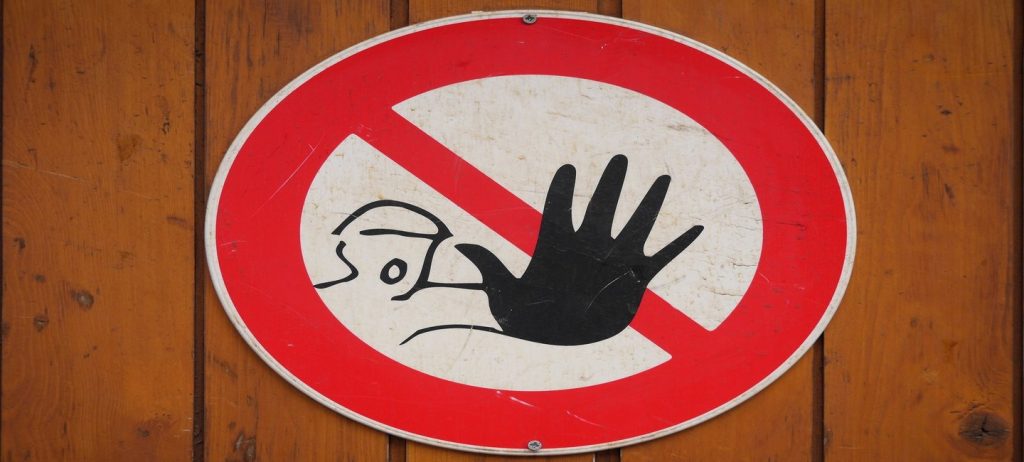Many large brands and established sites have fallen victim to the penalties Google sets up for websites that infringe the search engine’s guidelines against web spam.
Google is, slowly but surely, getting more and more effective in identifying low quality websites. Simply put, a number of algorithms are used to fight against sites that try to game their way to the top of the search engine rankings.
The major consequence being drops in search engine rankings for these websites — and this not only affects the number of visitors and overall revenue, it can also result in marred reputation, which you may or may not be able to earn back.
So how can you tell if you site might be at risk? Here are 16 ways to assess, divided into sections:
Content
It always comes down to content, doesn’t it? Google wants online searchers to find web pages that provide high quality, useful and valuable content, relevant to the search query. Try and make sure that your content is not duplicated on multiple pages on the website, or even externally.
Also show your visitors the same content that is being shown to Google spiders (web crawlers). This technique is known as cloaking. Don’t cloak. Another fancy trick that you don’t want to ty is to include hidden text or white letters on a white background. Sends the wrong signals.
Links
The second most important element that Google takes into account are the links. That is, the number and quality of inbound links to your site from other websites. Think of them as a vote of confidence type of thing — the higher the quality of links that point to your site, the positive the influence.
This is why some webmasters indulge in the practice of artificially buying links from other sites. And these are certainly devalued by Google, resulting in penalties. Keep it genuine.
Reciprocal link exchanges between websites is also a common spam practice that Google now recognizes. You also don’t need to have too many links in the footer of your website. This is another form of link optimization that can potentially have a negative effect on your rankings.
And finally, you do not want to have links scattered around the web that only use certain keywords as the anchor text. Oldest trick in the book. For example, a health and fitness website with links that have the words “weight loss” in the anchor text. Sure way to hurt your link profile.
Technology
This is the type that is assessed by Google’s crawlers. Any negligence or malpractices here are relatively easy to fix, as this, for the most part, has got to do with the software and hardware of your website. The most obvious thing you need to look out for is that you don’t serve anything malicious to your visitors.
Websites that contain malware are easily discovered by Google, and the company excludes them from its search listings. Always try and keep your underlying software updated (WordPress or any other content management system).
Set up an XML sitemap and pay attention to it. This is basically a table of contents. You might want to keep an eye on the number of pages indexed by Google. If they are more than the sitemap, there is a chance that you suffer from duplicate content. Particularly true for dynamic and ecommerce sites.
Load times are another important consideration. If your website suffers from a lengthy load time, you are not only reducing potential sales and conversions, but also visitors, as this can lower your ranking.
And if the load times are excessively long, Google might even block your site from being indexed.
